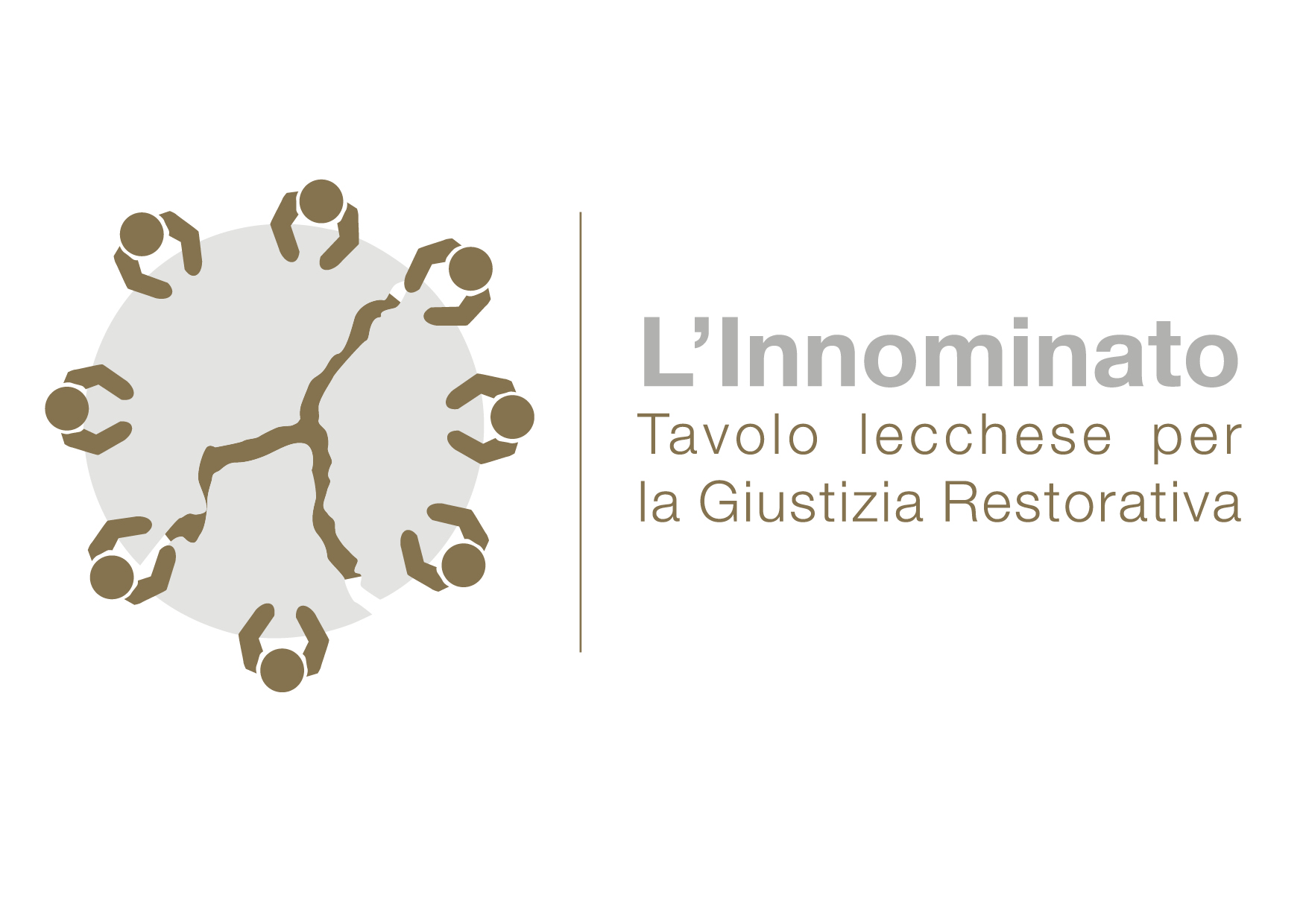Foundations, scaffolding and construction
Restorative Justice is an approach of addressing harm or the risk of harm through engaging all those affected in coming to a common understanding and agreement on how the harm or wrongdoing can be repaired and justice achieved. (European Forum for Restorative Justice 2018)
Restorative Justice, refers to :
- A vision
- A set of practices
- A future horizon
A – The vision recalls something that is not there (or there isn’t enough of), that we wish was there (or there was more): the world we would like to live in and what we would like the relationships between people and the community life to be.
B-The practices are operational maps that guide the processes aimed at restoring relationships that have been broken, interrupted, damaged by injustices, conflicts or crimes.
C- The horizon is about values to aim towards, which give meaning to the vision and direction to the processes:
- JUSTICE in relationships
- RESPECT of every human’s DIGNITY
- SOLIDARITY and ACCOUNTABILITY
- HONEST CONVERSATION
In criminal justice, where crimes have been committed, the Restorative Justice is a process where all parties, that are the offender, the victim and the community, meet and decide together how to manage the impact of the crime or the injustice and its implications in the future, usually with the help of a facilitator.
In a broadest sense, the restorative approach consists of a set of practices used where crimes, conflicts, injustices or offenses between people or groups have caused suffering, harm and damaged the relationships and communication.
To restore justice in relationships.
